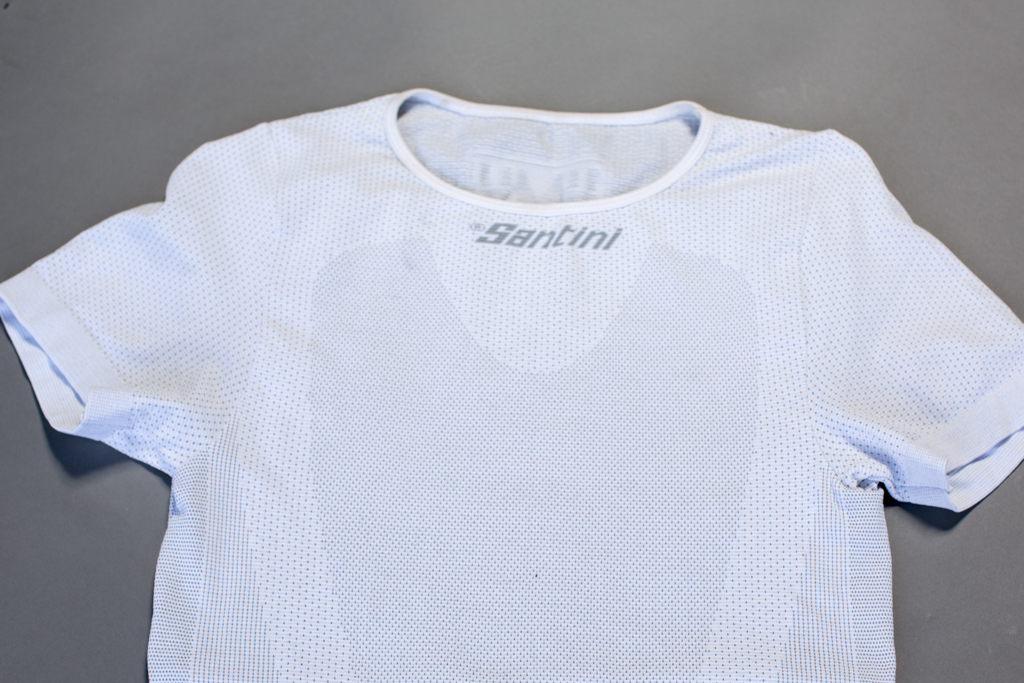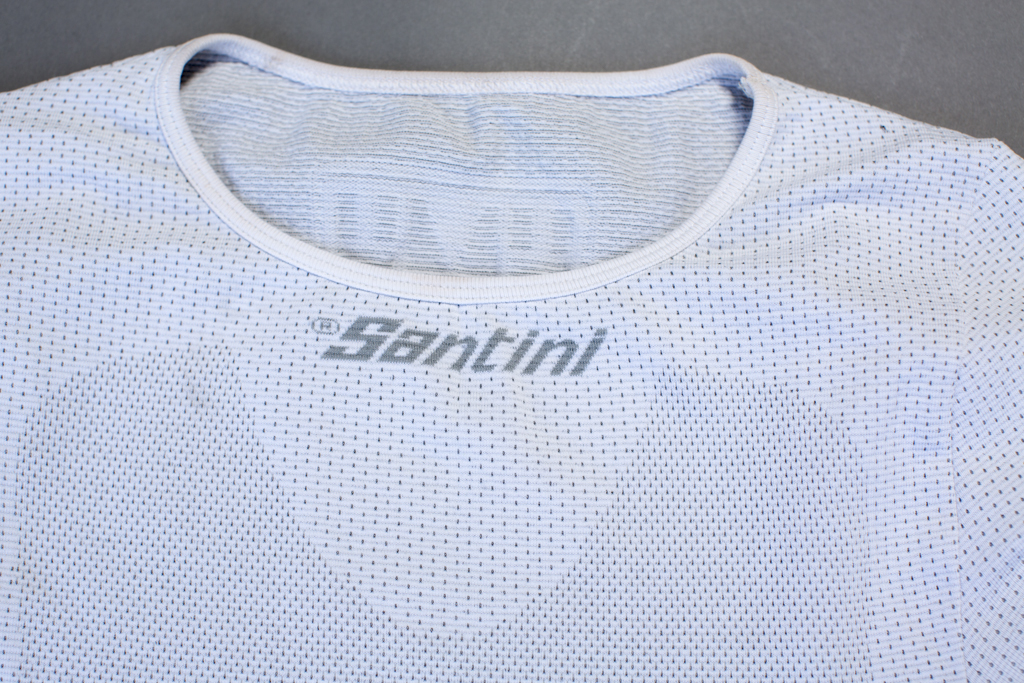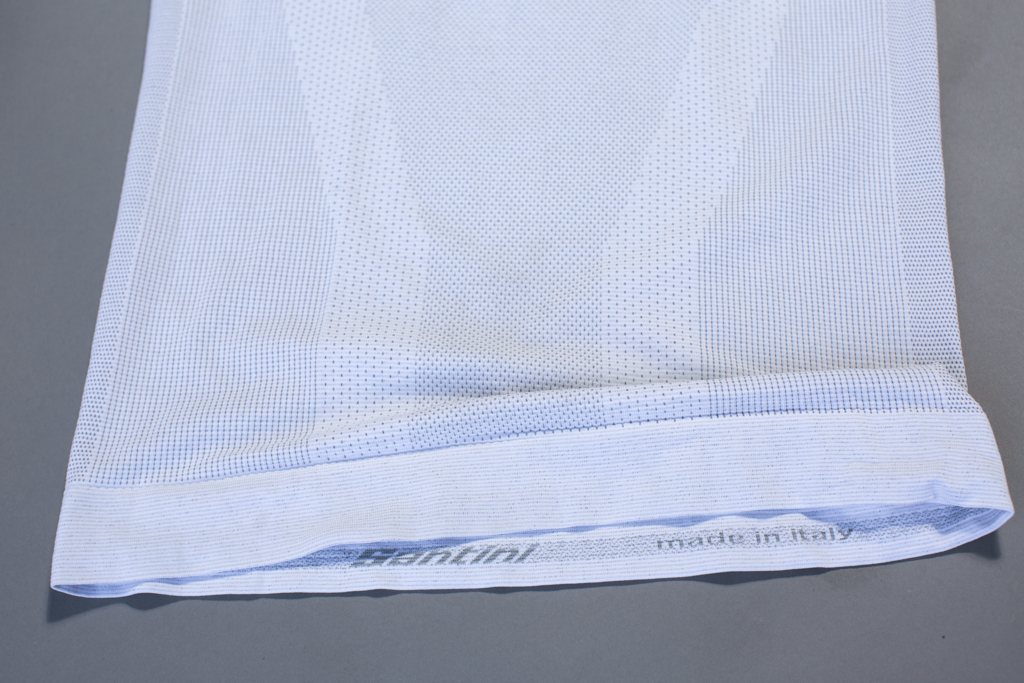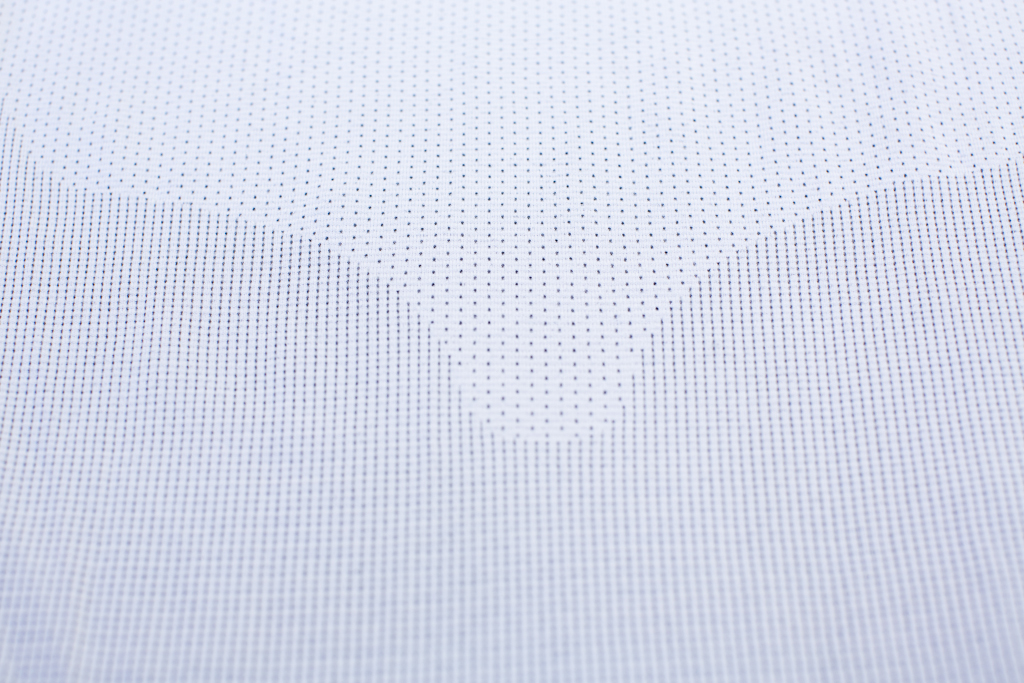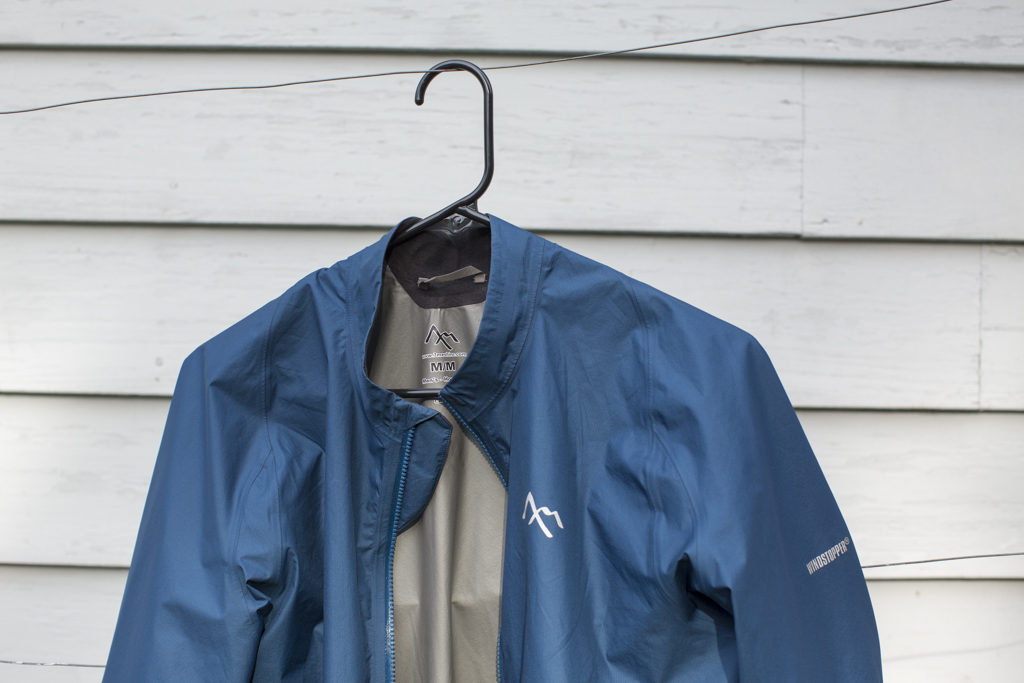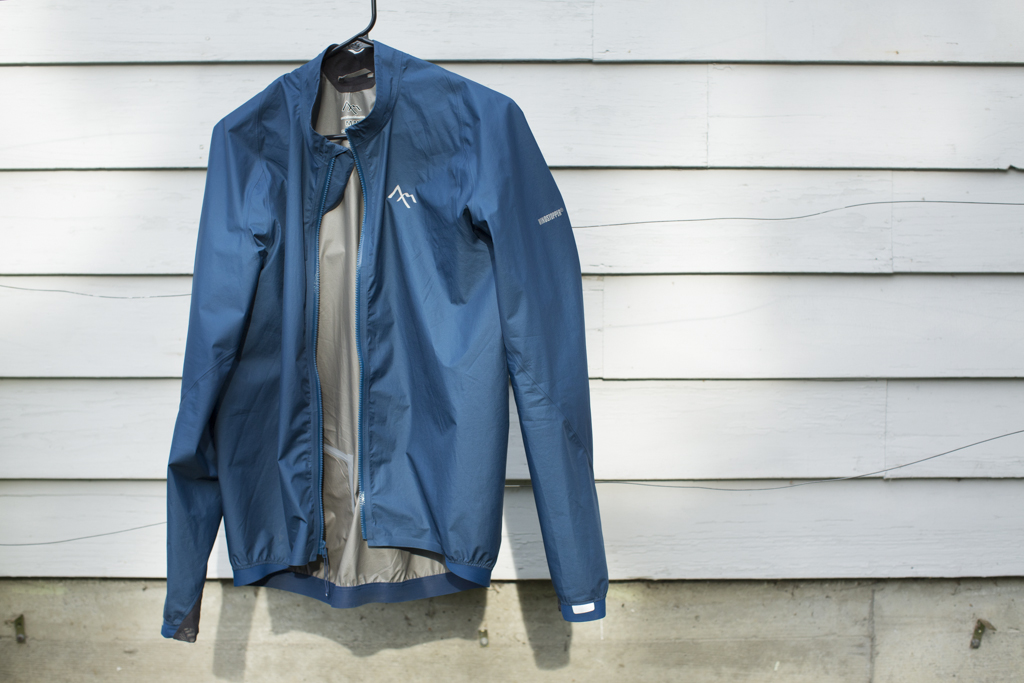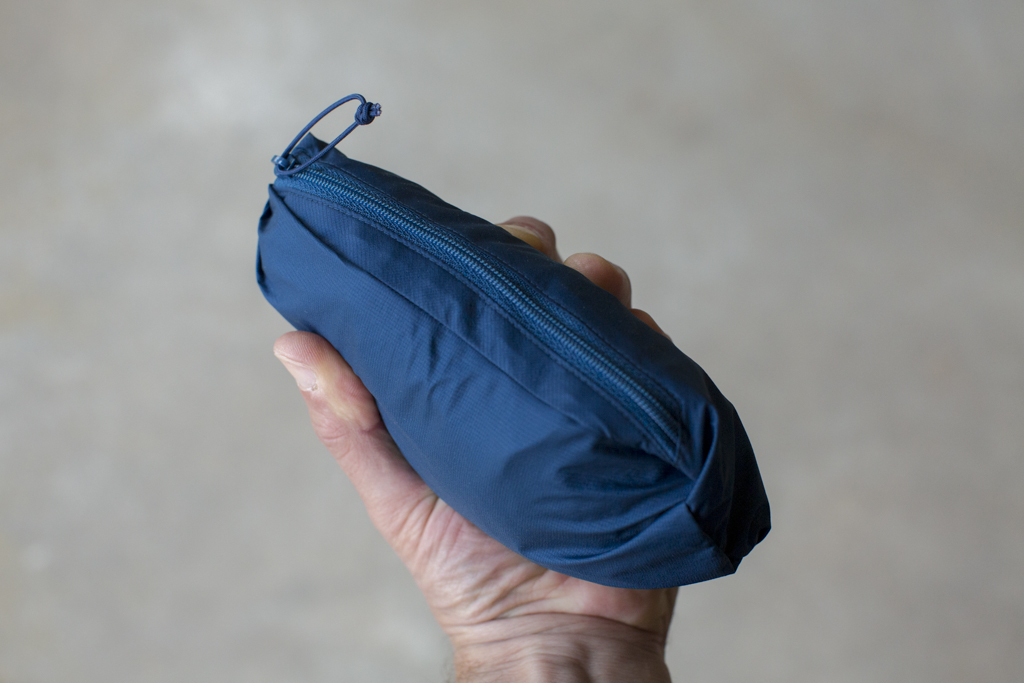Dirty Sellwood - Preparation, Improvisation and Group Dynamics
This past Sunday we gathered at Dirty Fingers bike shop in Hood River for the Dirty Sellwood, which was to be a sort of casual group ride, albeit a big bite of a ride around Mount Hood. OK, it was supposed to be a bit of an epic…a friendly, grassroots sufferfest. The past two years the ride had been just a shop ride from Dirty Fingers to Sellwood cycle. This year they opened the ride up to the public and capped the ride group at 100 riders. My friend JBucky heard about this ride and thought it would be good preparation for the Stampede ride the following weekend.
When Mitchell, who was organizing the ride, called me to make sure I hadn’t stumbled into this ride blind just asked. “Do you like pain?” He was joking of course, but there’s something there. We don’t ride for the sake of pain. Real pain, emotional or physical is never a reason to ride. We do it because it’s challenging and we like to do things that are difficult, to rise to the occasion and do something big - and it can be fun to do it with company. It’s not just fun to ride in a group, but we gain boldness and strength when we ride together. We’re able to go further faster and do that hard thing more easily in a group situation.
But there is a downside to this boldness – a potential pitfall. It happens when rather than plan properly (like we would when we set out to ride in the mountains for 8 or 9 hours solo) we rely on the ride organizer. We look around at our riding companions to see how they’re dressed and just decide to go with that. It’s this strange phenomenon I call “group mind.” If you’re the only one wearing a jacket and knee warmers, group mind is going to make you second guess your choice to wear a jacket and knee warmers. You think, well the locals must know what the weather is like here, so if they’re not wearing x, I don’t need to wear x.
This is where I feel like my bikepacking experience has helped me a lot. I'll maintain that I’m not an expert in much, but between training rides and road rides I have a fair amount of experience choosing my kit. For clothing, you choose what will keep you comfortable in the range of temperatures that you might encounter. My rule of thumb is that if there is any chance of rain, bring a reliable rain jacket. Temps below 50 degrees call for knee warmers that go on and stay on. I’m in the habit of wearing arm protectors (lightweight arm screens that keep the sun off). They’re actually the perfect weight for this time of year, especially with slightly cooler mornings and act as lightweight arm warmers as well. Choosing a good base layer is key too, one that will wick sweat and is thermal or not depending on the temps.
This ride started in Hood River, (elevation: 499 feet) which usually means windy and sunny in the summer. It’s September, which traditionally means a continuation of the nice warm weather we’ve been experiencing all summer, but recently there have been some storms over the Pacific that have brought some much needed rain and cooler temperatures that feel more like October and November. The high point of our ride was to be Bennett Pass (elevation 4650 feet).
For my planning, I did what I do for bikepacking and that’s to look at the forecast for each town I’m passing through. I saw 30 percent chance of rain in Government Camp, so I brought the 7Mesh Resistance jacket, which is really more of a windbreaker, but is also rain resistant. I had been looking for a jacket that was super-packable and bridged the gap between windbreakers and dedicated rain jackets. The Resistance turned out to be the one.
The difficult part about layering for cycling is that you’re working hard. If you’re doing a route with lots of climbing, you’re going to be sweating. Excess moisture is the enemy when you’re in the mountains. If you sweat too hard or get soaked from rain, the result is the same: you won’t want to linger at the summit and you’ll suffer on the descent. The risk is hypothermia and it doesn’t just happen in freezing conditions. Heat loss from your body is much faster if your clothes are wet, as when you're caught out in the rain.
Looking back on the ride data I can see that at mile 38 as we’re approaching Bennett Pass, the temperature was 61 degrees. In 5 miles and in just a half an hour, the temperature dropped to 46 degrees. That’s when things got real. Rain was coming down hard enough to soak us, so the riders that had decided to leave their jackets in the car were hating life.
The Resistance Jacket kept me dry in some pretty crazy conditions. I was extremely thankful that I still had on knee warmers, and a jacket that kept me dry. The combination of the Santini Car 4 base layer and the Rapha Pro Team jersey kept me warm enough and I never felt soaked with sweat, despite the fact that we climbed almost 7000 feet in 40 miles. This kind of situation is exactly what 7Mesh had in mind for their Resistance Jacket. I was also glad I brought my surgical gloves because they kept my hands functional.
We made it to Government Camp without too much suffering and tucked into a booth at the Huckleberry Inn for hot chocolate, bad coffee, and tea. Bernardo, our new riding buddy for the day who we met on Surveyors Ridge Road, had skipped the jacket in favor of just a gilet. He made up for preparation with resourcefulness and asked the kitchen for a trash bag and latex gloves. That was enough to get him down to Zig Zag, a warm fire, and eventually vans that would take us back to Hood River.
It was interesting for me in the group situation to see how people fared. We had been riding with Dan on the climb up to Bennett Pass. Dan is a strong rider, but he’s 115 pounds and didn’t have a jacket. I lost track of Dan on the climb, he faded off the back of our group, but later folks related stories of how they had helped to get him to Government Camp where they found him a big down jacket at a gas station and eventually a ride home.
The positive aspect of the group mind is that people rallied to help those that were suffering more and we collectively made the decision to get rides back home, rather than push through Lolo Pass in the rain. Which, for a ride in these conditions is absolutely the right call.
Some hearty souls pushed on. Bravo and kudos to them. This is a great route and someday I’ll finish it when the weather is right. I have high praise for Mitchell for leading a challenging group ride and for being wise enough to know when to call it a day.
We returned to pints of beer at Dirty Fingers and pulled pork and slaw at 10-speed and talked about what we learned and had a minute to be thankful for an epic day, even though we left it half finished. We did it together and we got home safely. We were able to appreciate the day for what it was: rad. Thanks to Sellwood Cycle and Dirty Fingers for putting on a great ride. Thanks to Rapha, Santini and 7Mesh for making clothing that kept me comfortable when the storm hit. Thanks to CJ for the ride back to Hood River.
What worked:
I rode my Ira Ryan steel bike with 52-36 up front and 11-28 in back. A compact would have been slightly better, but can two teeth really make that much difference? Clothing was the biggest issue of the day. I wore Rapha ProTeam bib shorts and the Santini Car4 base layer under a Rapha Pro Team jersey. The Pro Team bib shorts are always comfortable and work in a large variety of temps. I don’t even have to think about them. The Santini base layer is new in the mix for me. It really impressed me during the Outback and felt exceptionally comfortable on cool days where I was working hard. Santini uses “Resistex Carbon fabric” and says that it’s highly wicking, breathable, and antibacterial. I wore it for 3 days straight with no stink.
Comp Cyclist site says: “Accordingly, this keeps your body temperature regulated as moisture is transferred away from your skin through the fabric's differentiated micro-hole structure. This means that you stay dry and fresh, regardless of how much sweat your body produces.” Having used this base layer for many months now, I’d have to agree. It just works. I can’t recommend it enough and it should be a great choice for fall riding and cross season too. The Rapha Pro Team is good on slightly cool days and is an obvious choice for long rides due to the stretch of the jersey and its expansive pockets. I chose the hot pink number so I’d be visible to cars on highway 35 and 26.
Emergency Kit
The other key aspect of kit for the day is what I’d call the emergency items – the things that make a difference when the weather takes a turn for the worse. The key for emergency items is that they are light and pack small, so you don’t feel burdened by bringing them. They fit easily in a jersey pocket, right next to your food.
The first essential item was the 7Mesh Resistance Jacket. This jacket is a real breakthrough! I’m extremely impressed with this jacket. I had been looking for a jacket that was somewhere between a micro-packable wind jacket and my Rapha Rain Jacket. The Rapha jacket has been my choice for most Pacific Northwest winter weather, but it gets too hot for extended climbing and in the end it lacks breathability. The 7Mesh packs up fist-sized, weights only 4 ounces and kept me dry when the weather turned to shit. It’s cut for cycling and has impressive breathability. The aesthetics are dialed as well. It’s a beautiful shade of blue and the styling is reminiscent of a bomber jacket. The jacket is considered top to bottom, from the placement of reflective tabs to the way the jacket is cut to the body. I can’t recommend this jacket enough. While many jackets claim to be waterproof and breathable, I feel that this jacket is truly both. I will bring it on long road rides and now that I’ve tested it in the rain, I’d be confident to bring it on a multi-day bikepacking trip as well. If you’re not familiar with 7Mesh, check them out. They’re former Arc’teryx folks based in Squamish BC, so they know foul weather and I’m confident they’ll keep making clothes that excel in the Pacific Northwest.
I brought a light merino Icebreaker beanie that I put on over my Rapha cap. The Rapha merino knee warmers are fantastic, since they pack up small, are warm, but also very breathable. I was surprised that they stayed warm even when wet. I wore them the whole ride and didn’t feel like I was overheating. The last emergency item was surgical gloves. Again, super lightweight, pack small and provide another layer of warmth for those icy 10 mile descents. No reason to not bring those. They go in a Ziploc with the merino beanie, so they’re dry for when I need them.
Emergency Kit - 7Mesh Resistance Jacket, Rapha Cap, Rapha Merino knee warmers, Icebreaker merino beanie, latex gloves






